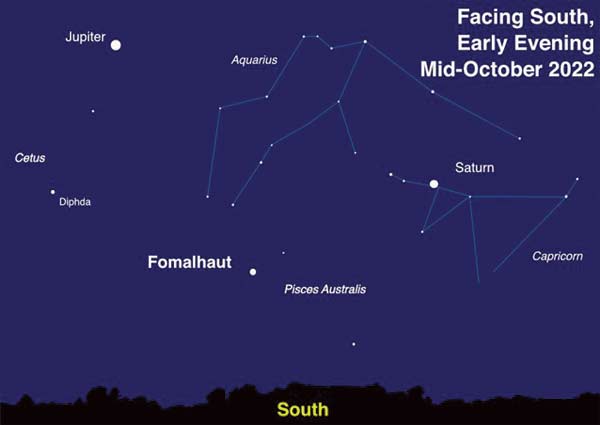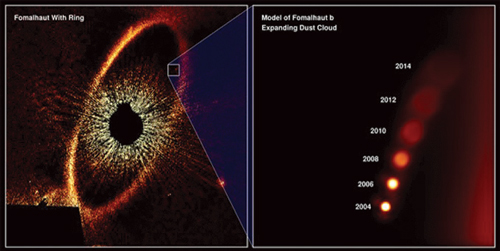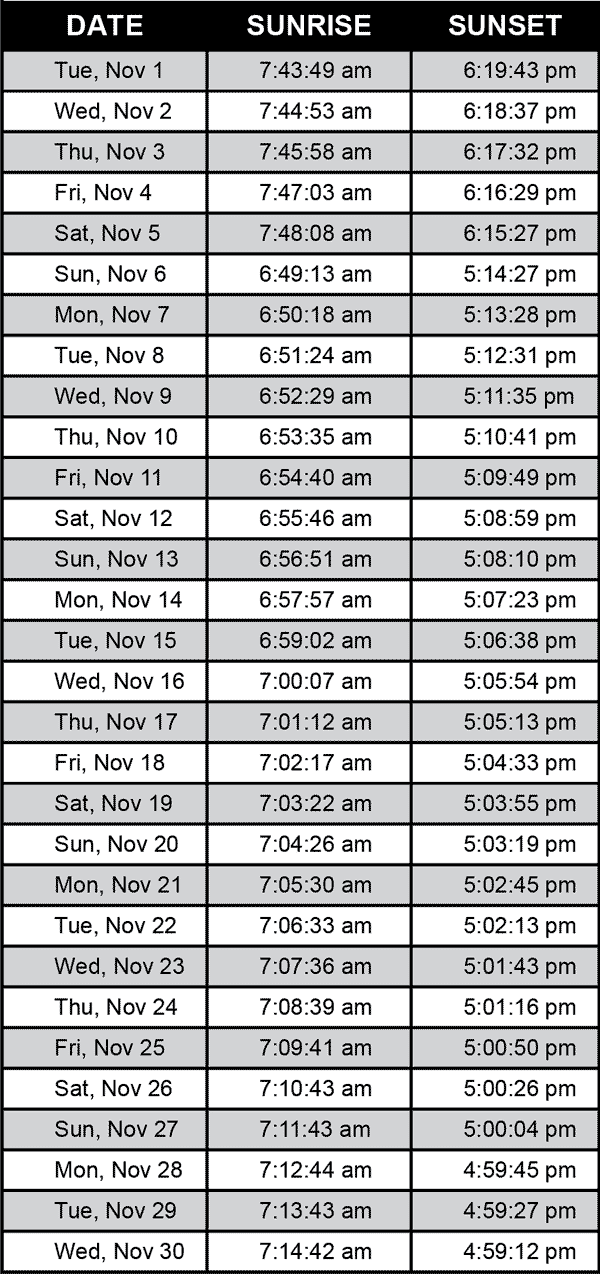DARK SKY HAPPENINGS - November 2022
Moab
UT (at City Hall)
38O34’ N Latitude
109O33’ W Longitude
4048 ft - 1234 m |
Fomalhaut: Not So Lonely After All
David Prosper, NASA Night Sky Network
 Fall evenings bring a prominent visitor to southern skies for Northern Hemisphere observers: the bright star Fomalhaut! Sometimes called “The Autumn Star,” Fomalhaut appears unusually distant from other bright stars in its section of sky, leading to its other nickname: “The Loneliest Star.” Since this star appears so low and lonely over the horizon for many observers, is so bright, and often wildly twinkles from atmospheric turbulence, Fomalhaut’s brief but bright seasonal appearance often inspires a few startled UFO reports. While definitely out of this world – Fomalhaut is about 25 light years distant from us – it has been extensively studied and is a fascinating, and very identified, stellar object. Fall evenings bring a prominent visitor to southern skies for Northern Hemisphere observers: the bright star Fomalhaut! Sometimes called “The Autumn Star,” Fomalhaut appears unusually distant from other bright stars in its section of sky, leading to its other nickname: “The Loneliest Star.” Since this star appears so low and lonely over the horizon for many observers, is so bright, and often wildly twinkles from atmospheric turbulence, Fomalhaut’s brief but bright seasonal appearance often inspires a few startled UFO reports. While definitely out of this world – Fomalhaut is about 25 light years distant from us – it has been extensively studied and is a fascinating, and very identified, stellar object.
Fomalhaut’s most famous feature is a massive and complex disc of debris spanning many billions of miles in diameter. This disc was first detected by NASA’s IRAS space telescope in the 1980s, and first imaged in visible light by Hubble in 2004. Studies by additional advanced telescopes, based both on Earth’s surface and in space, show the debris around Fomalhaut to be differentiated into several “rings” or “belts” of different sizes and types of materials. In the mid-2000s a candidate planetary body was imaged by Hubble and named Fomalhaut b. However, Fomalhaut b was observed to slowly fade over multiple years of observations, and its trajectory appeared to take it out of the system, which is curious behavior for a planet. Scientists now suspect that Hubble observed the shattered debris of a recent violent collision between two 125-mile wide bodies, their impact driving the remains of the now decidedly non-planetary Fomalhaut b out of the system! Interestingly enough, Fomalhaut A isn’t the only star in its system to host a dusty disc; Fomalhaut C also hosts a disc, detected by the Herschel Space Observatory in 2013. Despite their distance, the two stars may be exchanging material between their discs - including comets!

Sunrise-Sunset
(The time of sunrise and sunset assumes a flat horizon. Actual time may
vary depending upon the landscape.) |
 |
MOON HAPPENINGS
Nov 1 - First Quarter at 12:37am
Nov 8 - Full Moon at 4:02am
Nov 16 - Third Quarter at 6:27am
Nov 23 - New Moon at 3:57pm |
Moab Dark Skies mission is to promote the appreciation and conservation of Moab’s valuable and rare dark skies. Moab Dark Skies was established by the Friends of Arches and Canyonlands Parks in conjunction with the National Park Service and Utah State Parks Division of Natural Resources
For more information, check out our Facebook page. |
|